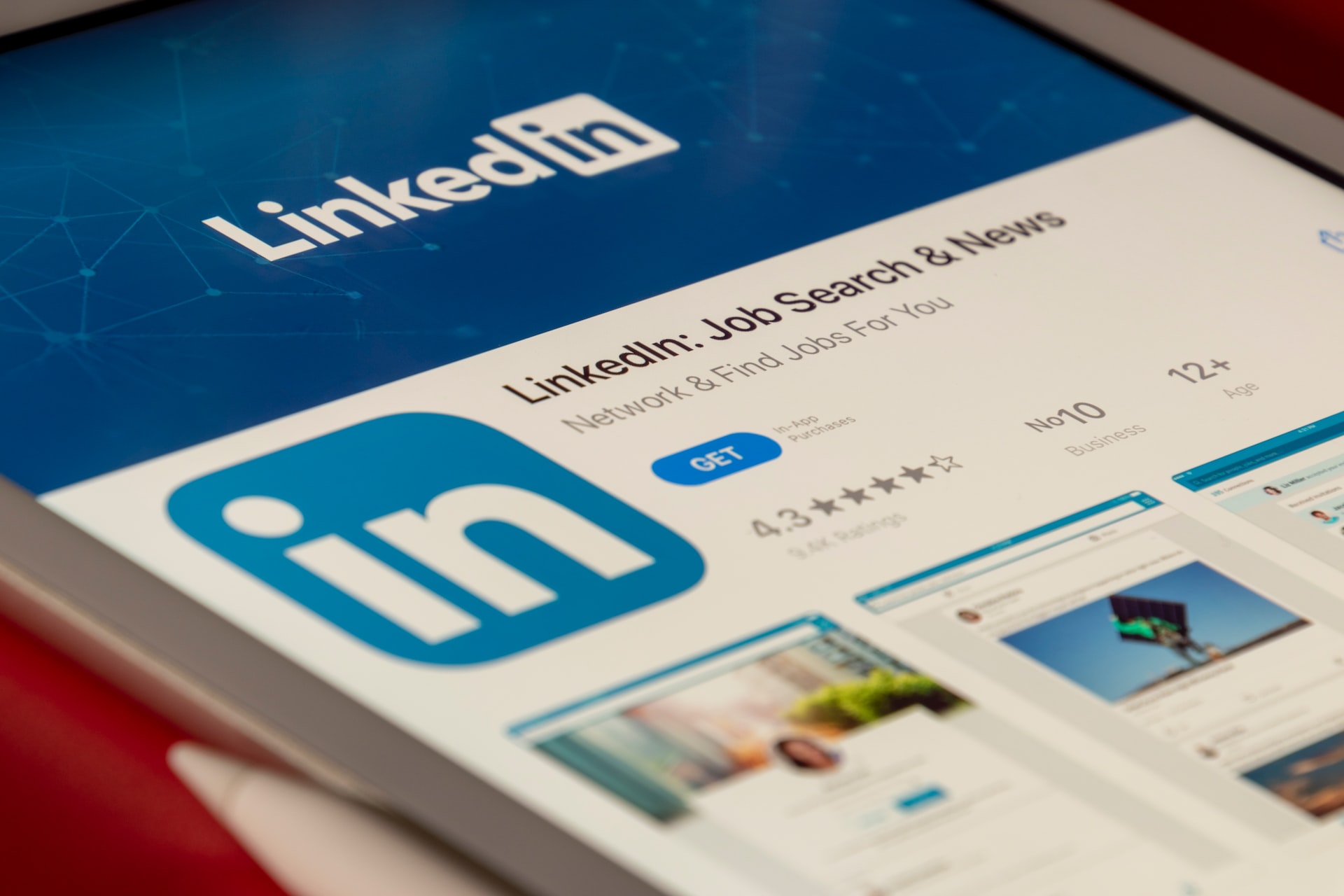LinkedIn is an amazing resource for job seekers worldwide. In the US and Canada, over 82% of all recruiters use LinkedIn to source candidates regularly, and over 94% of North American recruiters have admitted to having used this platform at least occasionally. So, for any job seeker, not utilizing the major benefits and features offered by LinkedIn would be doing a disservice to themselves.
There are 3 crucial ways you are underutilizing this amazing social media platform:
1. You are not adding or following the right people.
Does your LinkedIn connection list mostly consist of a few friendly coworkers, some old friends, and your family members? If that’s the case, then it is more than likely, that you are not adding or following the right people.
LinkedIn is an extraordinary networking tool, and to build a great network there, you need to be connected to the right people. So, who are these people?
The answer is anyone who can help you get a job will fall under this category. Which might make you wonder: “so, how do I find these people?”
That’s easy!
You start with making a list of people working in organizations where you would want to work someday – which means not just the HR personnel or the in-house recruiter of the company but the departmental managers, the team leads, and the mid-senior-level employees of a department/division where you’d like to see yourself. Here is a step-by-step guide that tells you how to search for these people.
Someone helping you find a job does not necessarily mean that they will directly offer you a job after a few interactions on LinkedIn. It can be in the form of introducing you to a potential hiring manager or agreeing to do an informational interview with you, or simply mentoring you – all of which could be the potential paths to the dream job you have been searching for.
However, no matter how many right people you add to your network or decide to follow, nothing will come out of it if you are not having any meaningful interaction with them – which brings me to my next point.
2. You are not engaging enough.
Writing ‘congratulations’ ‘great news’ or ‘I agree’ under someone else’s post is not exactly what we call a meaningful interaction. To reap the full benefits of LinkedIn, you need to put yourself out there. This is crucial and absolutely non-negotiable.
You start doing it by leaving thoughtful, value-driven comments under the right people’s posts. Writing value-driven comments is not difficult, but there are certainly some tried-and-tested ways you can do it that would benefit you the most. The next step in the process is engaging in a collegial manner with anyone who would be responding to your comments.
A second tactic that goes almost hand-in-hand with the above one is sharing the posts or articles written by others on your LinkedIn feed. This tactic is especially useful if you cannot think of writing a value-driven comment under someone’s post, but you like the post and feel it might be useful to many if you share it. Make sure the posts you share are relevant to the audience you are sharing them for [3 essential points you need to remember before posting anything on LinkedIn] and don’t forget to tag the original author and anyone who might benefit from it or add their thoughts to it. To ensure you get the best out of it, always follow the proper protocols for sharing LinkedIn posts.
Another surefire way to engage with your network is by posting regularly on LinkedIn – it is also one of the easiest ways to establish yourself as an expert in your field on LinkedIn. It can be a short post (3000 characters max.), an article on a topic you know a lot about (110,000 characters max.), or a poll. You will likely not experience outstanding engagement from people on your first few times of posting on LinkedIn, but if you do it properly and consistently, you will see the success you deserve.
3. You have not added the right (or any) keywords in the right spots.
Did you know that there are specific sections in LinkedIn that are goldmines for keywords? OK, allow me to clarify.
When recruiters or hiring managers search for candidates on LinkedIn to fill vacancies, they conduct the search by writing some keywords on the search bar. Whether or not you appear on those search results, actually depends on the presence of industry-specific, relevant keywords in certain sections of your LinkedIn profile.
So, what are those sections?
Believe me or not, there are, in fact, 15 specific sections on your LinkedIn profile that “feed” the searches conducted on LinkedIn – of which, your profile headline, the about section, your geographical location, the job titles you put there, and the skills sections are just to name a few. In other words, if you populate these sections with the right keywords, there is nothing going to stop your profile from popping up in the searches of hiring managers.
If you are not a fresh graduate or a job seeker in a new field after a career change, you probably already have a decent idea of the relevant keywords for your industry. In case you don’t, or would just like to know more about the keywords that will help you get noticed by hiring managers for exactly the kinds of jobs you are looking for, here is an excellent article on how to find the right keywords for yourself.
